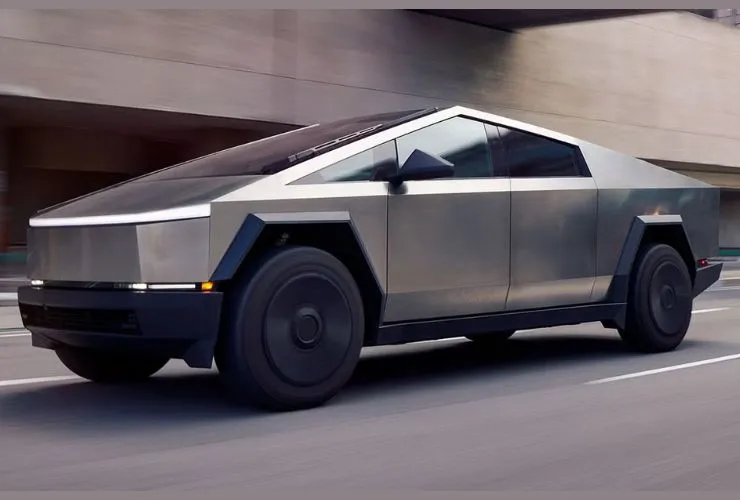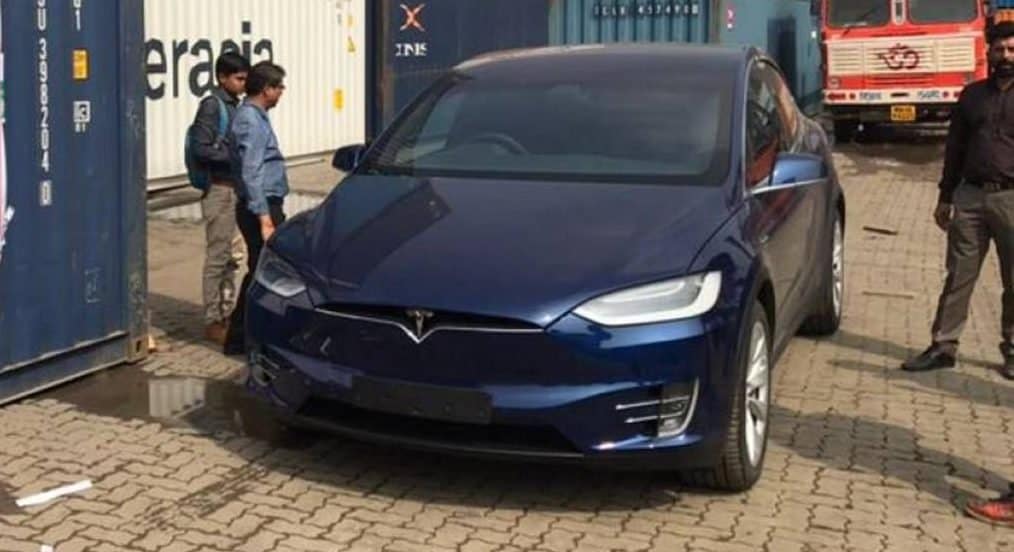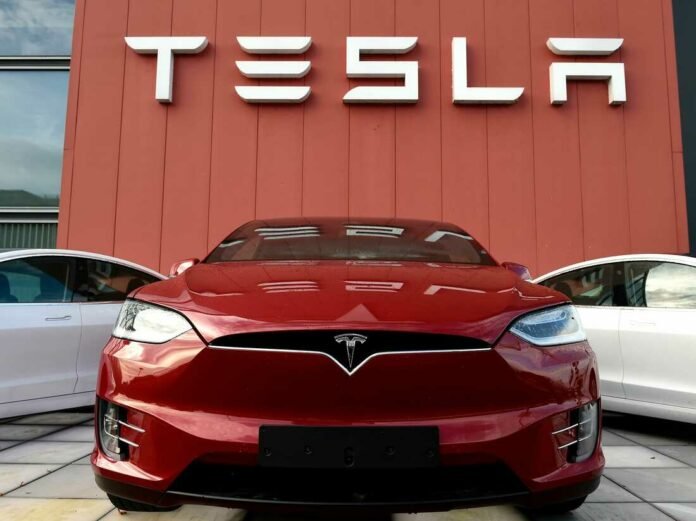In the ever-evolving landscape of electric vehicles (EVs), Tesla, once the undisputed leader, now faces fierce competition as we delve into 2025. The global EV market has witnessed a seismic shift, with new players and established automakers vying for a larger slice of the electric pie. Let’s explore the current state of Tesla’s market position and the challenges it faces in maintaining its electric crown.
Table of Contents
The Changing Tides of the EV Market
The EV revolution is in full swing, with global sales reaching unprecedented heights. In 2023, we saw a staggering 14 million EVs sold worldwide, marking a 35% increase from the previous year. Projections for 2024 suggest that EVs will account for 20% of global car sales, translating to approximately 17 million vehicles. This rapid growth sets the stage for an even more competitive 2025.

Tesla’s Market Share: A Reality Check
Tesla, once commanding a lion’s share of the EV market, has experienced a notable decline in its dominance. In the United States, Tesla’s market share dropped from 65% in 2022 to 55% in 2023. This shift reflects the intensifying competition and the entry of new players into the EV space.
Key Factors Affecting Tesla’s Position:
- Increased Competition: Traditional automakers and new EV startups have ramped up their electric offerings, providing consumers with more choices.
- Pricing Pressures: Tesla’s premium pricing strategy has become a barrier to growth as competitors introduce more affordable EV models.
- Global Market Challenges: Tesla faces declining sales in several European markets, including France, the UK, Sweden, and most recently, Germany.

The Rise of BYD and Other Competitors
While Tesla grapples with market share erosion, Chinese automaker BYD has emerged as a formidable challenger. BYD’s aggressive growth strategy and cost advantages have positioned it as a strong contender in the global EV race.
BYD’s Strengths:
- Market Leadership: BYD holds a 37% market share in China, the world’s largest EV market.
- Cost-Effective Manufacturing: Vertical integration, including in-house battery and semiconductor production, gives BYD significant cost advantages.
- Global Expansion: BYD is rapidly expanding into Europe and Latin America, challenging Tesla’s international presence.
Tesla’s Technological Edge
Despite facing increased competition, Tesla maintains its leadership in technological innovation:
- Autonomous Driving: Tesla’s Autopilot feature continues to be at the forefront of self-driving technology.
- Battery Technology: Advancements in battery performance and energy density keep Tesla ahead in range and efficiency.
- Integrated Energy Solutions: Products like Powerwall and Solar Roof complement Tesla’s EV offerings, creating a comprehensive ecosystem.

The Road Ahead: Tesla’s 2025 Outlook
As we look towards the future, Tesla’s position in the EV market remains strong, albeit challenged. Here’s what to watch for:
- New Model Launches: Tesla plans to introduce more affordable models priced between $30,000 and $35,000 before tax credits, potentially recapturing market share.
- Cybertruck Production: The highly anticipated Cybertruck is set to begin production, with Tesla aiming for an annual output of 2 million units, scaling up to 4 million in the future.
- Robotaxi Revolution: Tesla’s plans to launch a fully autonomous robotaxi in 2025 could open new revenue streams and redefine urban transportation.
The Bigger Picture: EV Market Projections
The electric vehicle industry is poised for explosive growth. By 2025, the global EV market is expected to generate a staggering $828.5 billion in revenue. This growth is fueled by:
- Increasing consumer interest in sustainable transportation
- Government incentives promoting EV adoption
- Rapidly improving charging infrastructure worldwide
Conclusion: The Electric Race Continues
As we navigate through 2025, the EV market remains a battleground of innovation, pricing strategies, and global expansion. Tesla, while facing unprecedented competition, continues to lead in premium segments and technological advancements. However, companies like BYD are quickly closing the gap, offering compelling alternatives to budget-conscious consumers.
For investors and EV enthusiasts alike, the evolving landscape presents both challenges and opportunities. Tesla’s future success will hinge on its ability to innovate, adapt to market demands, and execute its ambitious plans in an increasingly crowded field.
As the electric revolution charges forward, one thing is clear: the race for EV dominance is far from over, and the next few years promise to be electrifying for the automotive industry.
FAQs:
How has Tesla’s market share changed in recent years?
Tesla’s market share has declined, dropping from 65% to 55% in the US from 2022 to 2023, due to increased competition and new entrants in the EV market.
Who is Tesla’s main competitor in the global EV market?
BYD, a Chinese automaker, has emerged as Tesla’s primary competitor, holding a 37% market share in China and rapidly expanding into Europe and Latin America.
What new products is Tesla planning to launch?
Tesla plans to introduce more affordable models priced between $30,000 and $35,000, ramp up Cybertruck production, and launch a fully autonomous robotaxi by 2025.


